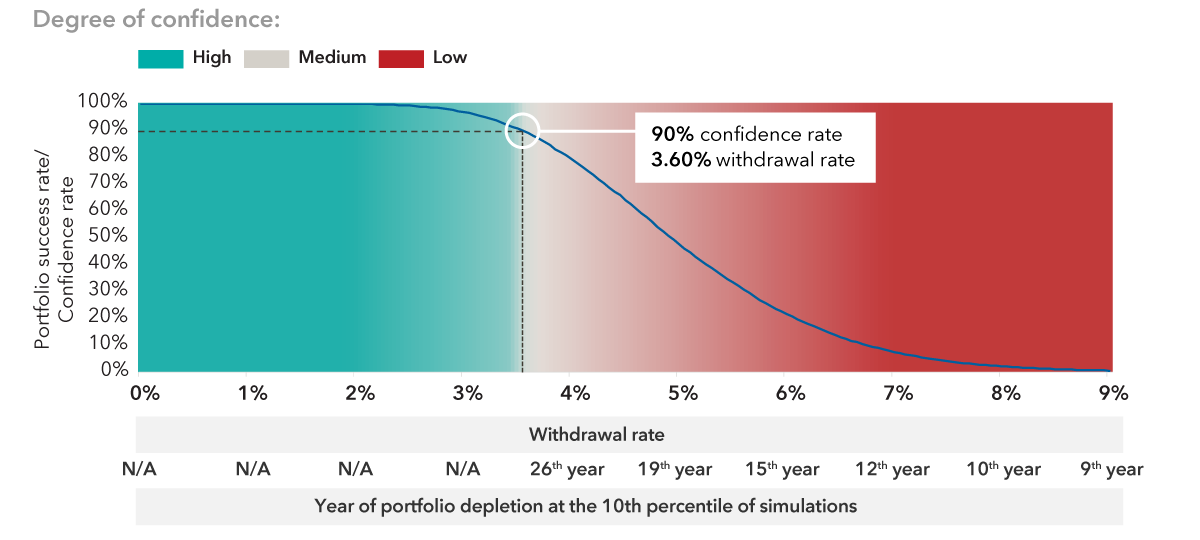Of all the concerns that keep retirees up at night, one of the biggest might be the fear of running out of money. Questions like “How long will I live?”, “Will my investments hold up?” and “Will unexpected costs or events erode my savings?” speak to this concern.
Answering these questions is a central challenge of the retirement industry today. At Capital Group, home of American Funds, we encourage retirees and financial professionals to shift their perspective from viewing retirement assets as one lump sum meant to cover all expenses. Instead, think more about a ‘building blocks’ approach that focuses on addressing retirement needs in more manageable, strategic stages. Four blocks frequently prioritized by retirees are basic living expenses, discretionary expenses, unplanned emergencies and leaving a legacy.






